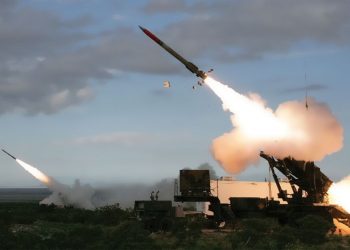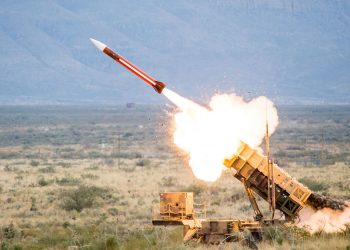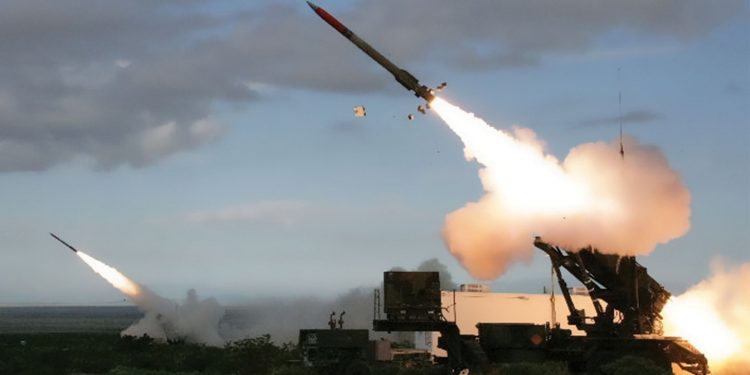Defending the homeland and deployed forces, allies and partners from missile threats of any type is the military’s top priority.
The Defense Department continues to invest in technologies that accomplish this, particularly in the space-based sensor-tracking of advanced cruise missiles and hypersonic threats, said Rob Soofer, deputy assistant secretary of defense for nuclear and missile defense policy.
Soofer and DOD officials testified yesterday at a hearing before a House Armed Services Committee subcommittee on strategic forces.
DOD also plans to field 20 additional ground-based interceptors to address rogue-state missile threats coming from North Korea, he said. The department is also deploying additional advanced radars in Alaska.
Air Force Gen. Terrence O’Shaughnessy, commander of the U.S. Northern Command and North American Aerospace Defense Command, described a layered missile defense system that can detect threats from the sea, land, air, space and cyber domains.
While ground-based interceptors can 
 intercept missiles now, a next generation interceptor will be needed in the future as adversaries’ missiles become more advanced, he said.
intercept missiles now, a next generation interceptor will be needed in the future as adversaries’ missiles become more advanced, he said.
Navy Vice Adm. Jon Hill, director of the Missile Defense Agency, said a year ago the ground-based, midcourse defense system successfully intercepted an intercontinental ballistic missile target.
Later this year, Missile Defense Agency will be preparing for initial fielding of the Long Range Discrimination Radar, he said.
MDA is also working to integrate various missile defense systems, including the Terminal High Altitude Area Defense and Patriot Missile Defense System, he said.
Army Lt. Gen. Daniel Karbler, commander of the U.S. Army Space and Missile Defense Command, said air and missile defense is among the Army’s top six modernization priorities.
Examples of the work being done by the Army is testing of the first five prototype systems of interim, mobile, short-range air defense, he said.
Also, the Army selected the Iron Dome Weapon System as the indirect fire protection against cruise missiles, he said.
The Army is also experimenting with high-energy lasers, which are a low-cost complement to kinetic energy weapons to counter artillery, rocket, mortars, cruise missiles and unmanned aircraft threats, he said.
To sum up, Karbler said the Army is working on defensive and offensive systems to counter missile threats in all phases of flight, including pre-launch; all-weather conditions; and in any denied, degraded or contested environment.











